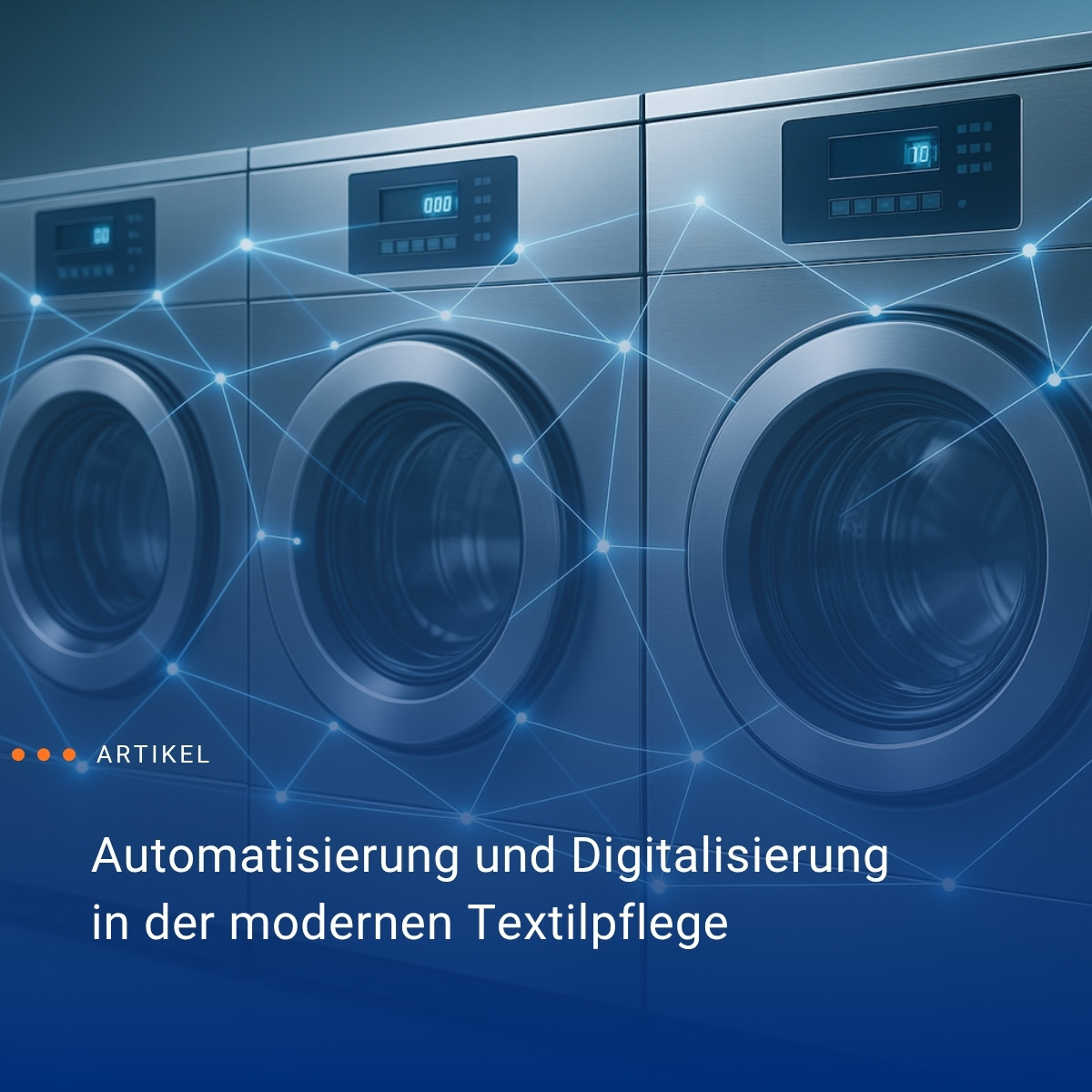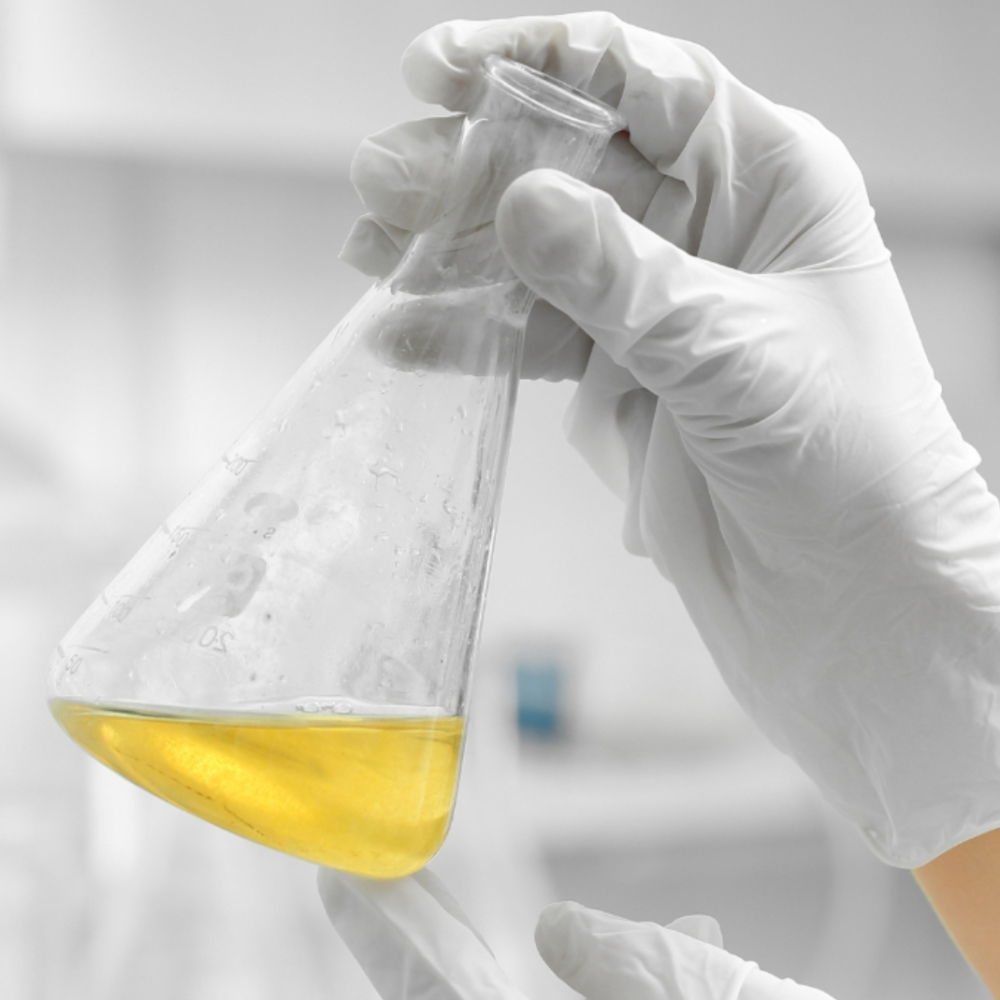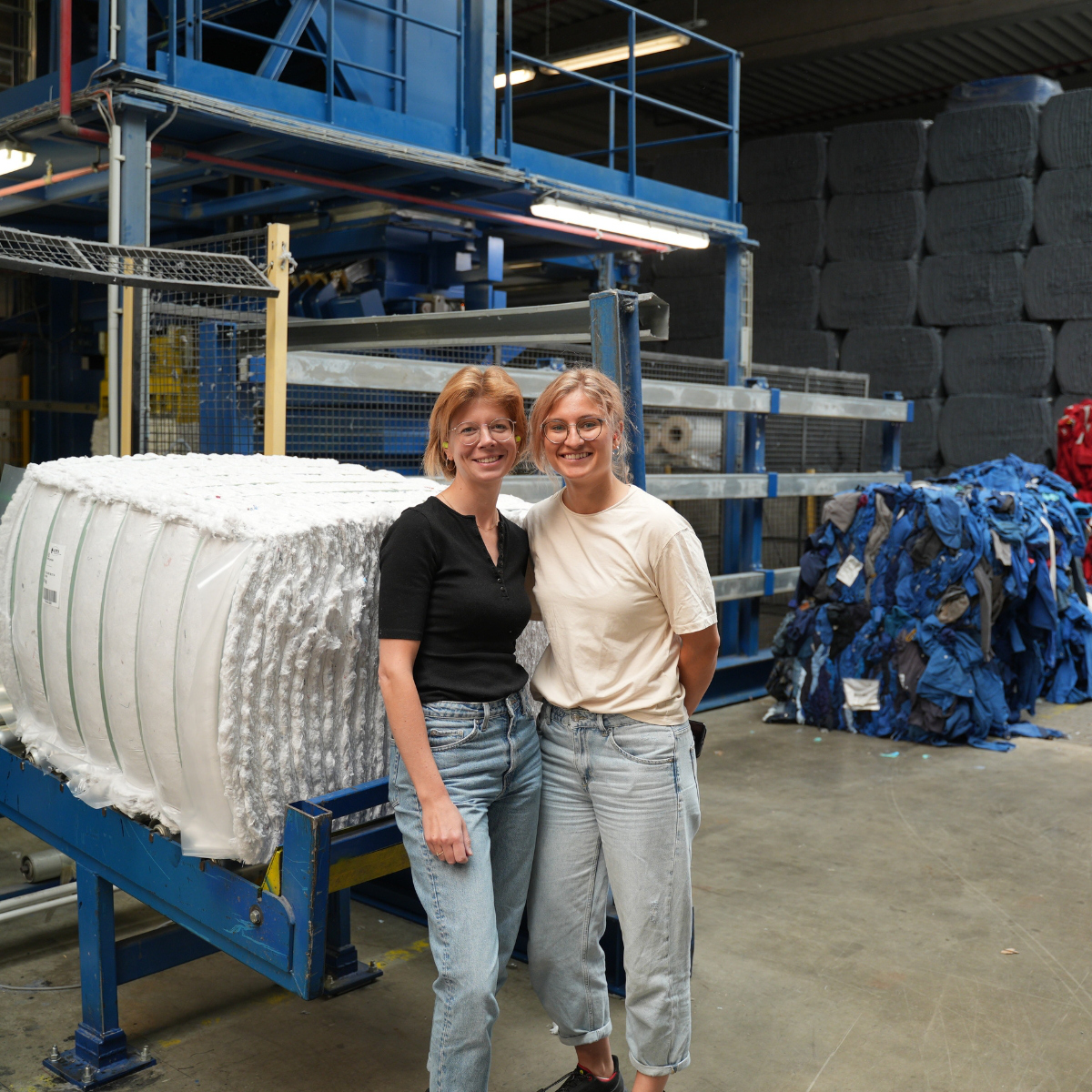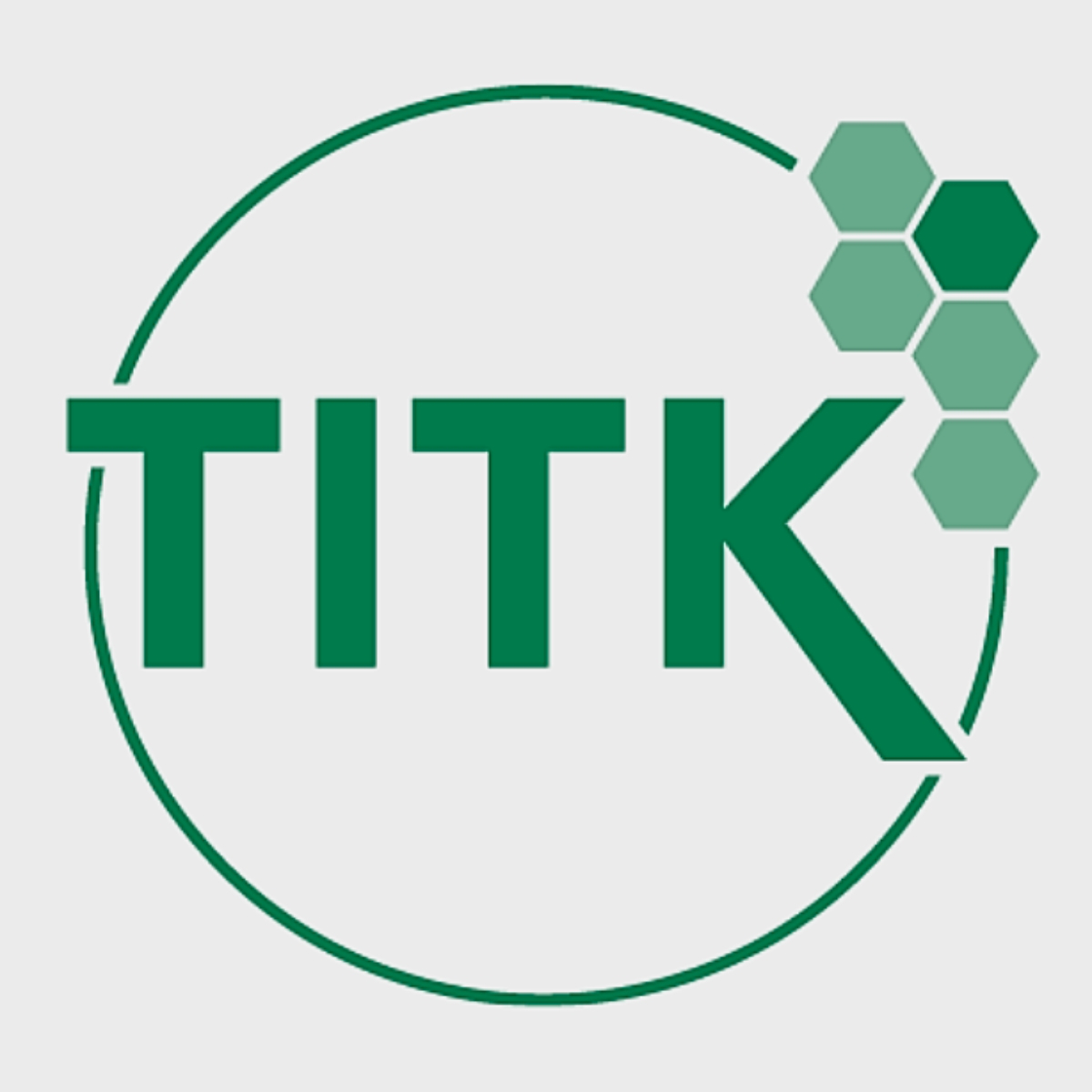Lesedauer: 4 Minuten
Younger customer groups, in particular, are placing greater emphasis on eco-friendly services. At the same time, industries such as healthcare and elder care demand hygienic yet sustainable solutions. These developments create new opportunities but also require a strategic evolution of processes and business models.
Market Development and New Requirements

Sustainability is becoming an increasingly crucial market factor. Surveys show that 75% of Millennials value sustainable products, and 43% of consumers expect companies to take stronger action on environmental responsibility. This trend is driving demand for eco-friendly laundries and textile cleaning services. The healthcare and elder care sectors, in particular, are placing greater emphasis on hygiene and environmental responsibility. Hospitals and care facilities are increasingly adopting resource-efficient processes, while service providers are already offering specialized solutions—from environmentally friendly treatment of resident laundry and workwear to sustainable cleaning of incontinence products.
Sustainability is also gaining significance in the business-to-business (B2B) sector. Companies are increasingly opting for environmentally friendly textile care, with rental laundry models emerging as a sustainable alternative to textile ownership. These models extend the lifespan of textiles while conserving resources through optimized washing and maintenance processes. According to the Austrian Economic Chamber, all surveyed companies already utilize textile care services and plan to continue doing so. The primary reason is the outsourcing of laundry services, which allows businesses to reduce costs and allocate internal resources more efficiently.
In addition to growing consumer demand, regulatory requirements are accelerating this transformation. The EU aims to reduce microplastic emissions by 30% by 2030, while France will require microplastic filters in new washing machines starting in 2025. Similar regulations are under discussion in the United States. Furthermore, the EU Textile Strategy mandates that, by 2030, textiles must be more durable, repairable, and recyclable—another major step towards a circular economy.
Digitalization and Automation as Efficiency Drivers

Technological innovations in digitalization, sensor technology, and robotics play a key role in aligning sustainability goals with efficiency gains. Modern facilities are adopting smart technologies, where interconnected machines monitor water and energy consumption per wash cycle and automatically optimize processes.
Closely linked to this is automation through artificial intelligence (AI) and robotics. In advanced industrial laundries, robots are taking over monotonous or physically demanding tasks, improving both productivity and workplace safety. AI-powered robots can fully automate the sorting of soiled laundry, ensuring a safe, hygienic, and efficient workflow. Intelligent detection systems identify foreign objects such as needles or pens in textiles, preventing damage to fabrics and equipment. After washing, robots can also assist in loading folding machines—using camera and gripping systems to align and fold towels and other items. In state-of-the-art facilities, up to 90% of process steps are already automated.
Furthermore, the use of Big Data unlocks additional potential. Analyzing large datasets enables predictive maintenance of machines, minimizing downtime and inefficient operations. At the same time, consumption patterns can be leveraged to optimize processes, such as scheduling wash cycles during low-energy periods. Such analytics-driven approaches enhance overall efficiency and reduce costs.
Customer Loyalty Through Sustainable Business Models

Sustainability has become a key element in customer relationships. Transparency is now a crucial factor, as both business clients and end consumers expect verifiable proof of a textile care provider’s environmental performance. Many companies now publish sustainability metrics for each batch, such as CO2 emissions saved or water consumption reduced, offering customers insight into their environmental impact. Third-party certifications further enhance credibility—labels like Clean Green certify that laundries optimize resource use, assuring customers that they are choosing an environmentally responsible service. Industry surveys indicate that such certifications help attract and retain sustainability-conscious customers.
Beyond transparency, innovative business models also play a significant role in strengthening customer loyalty. Textile rental services are gaining traction as an alternative to purchasing textiles. Instead of outright ownership, customers opt for rental models, where the service provider takes care of supply, maintenance, and repair. This approach not only promotes textile reuse but also reduces customer burden. Rental textiles are designed for durability and can be repaired when necessary, extending their lifecycle. The principle of “repair instead of replace” is also gaining popularity among end consumers, as seen in the growing demand for clothing repair services. Some providers have also implemented circular economy concepts, offering take-back programs for worn-out textiles to be recycled or upcycled, further closing the material loop.
Finally, effective communication of sustainability initiatives is essential for customer engagement. Social media campaigns showcasing environmental achievements and actively promoting certifications help reinforce a brand’s green image. Studies show that consumers are increasingly valuing sustainability and social responsibility in businesses. Sustainable business practices are, therefore, not just an ethical imperative but also a crucial competitive advantage.
Conclusion

Technological innovation and customer-focused sustainability strategies are shaping the future of textile care. Companies that already prioritize eco-friendly processes and business models are strengthening their market position and driving the industry’s sustainable transformation. Global examples demonstrate that ecology and economy can go hand in hand: high-tech laundries save millions of liters of freshwater annually through advanced water recycling systems, while energy-efficient washing tunnels and heat recovery significantly reduce energy consumption. At the same time, automation and AI help lower operational costs.
Sustainability is proving to be both an efficiency driver and a competitive advantage. Businesses that embrace transparency, implement circular economy models, and invest in green technologies will not only meet future regulatory requirements but also build long-term customer trust. Sustainability is not just a passing trend—it is a fundamental pillar for long-term success in the textile care industry.








